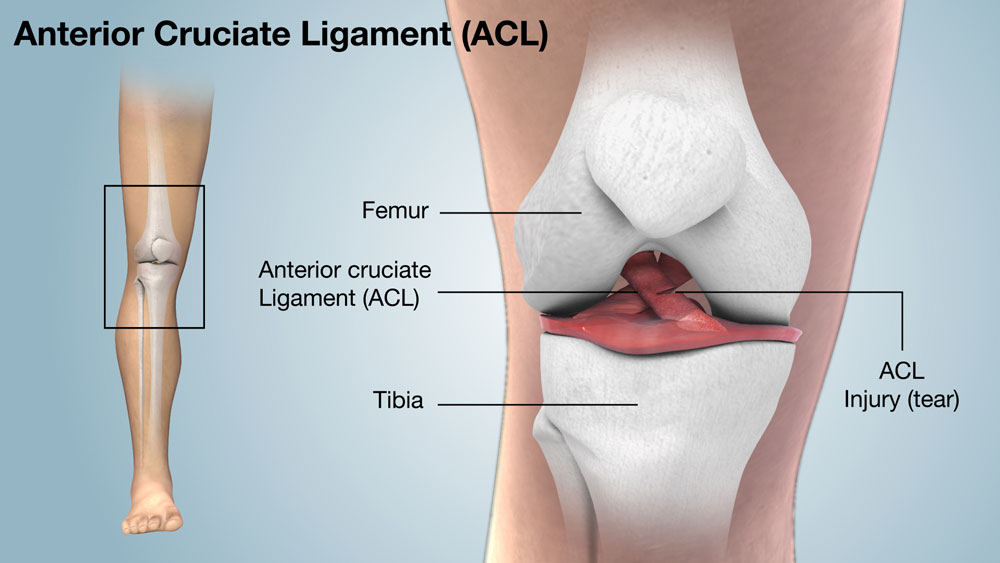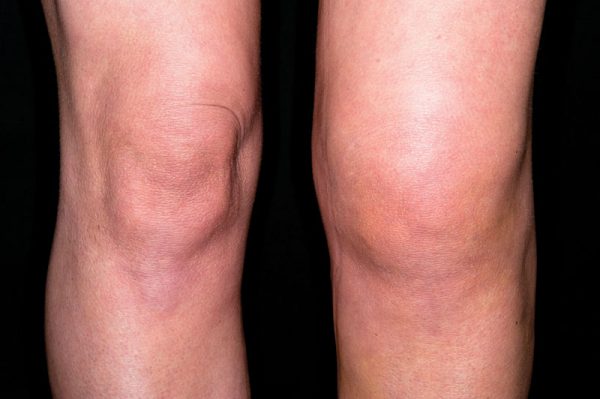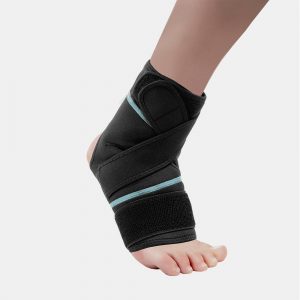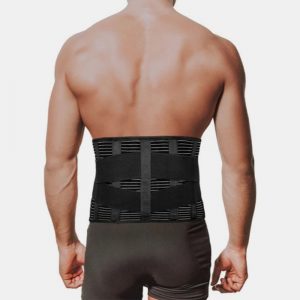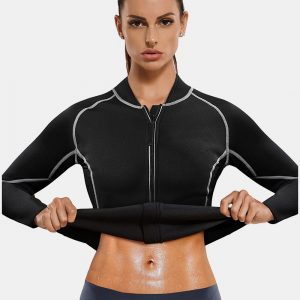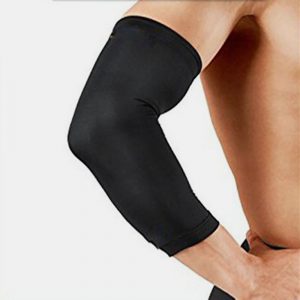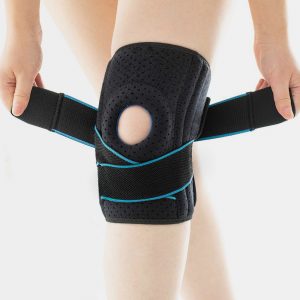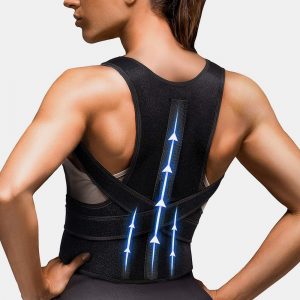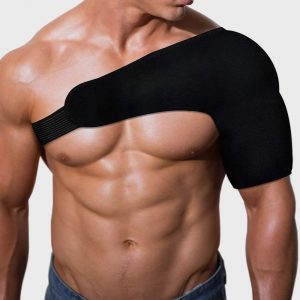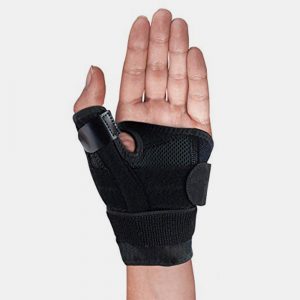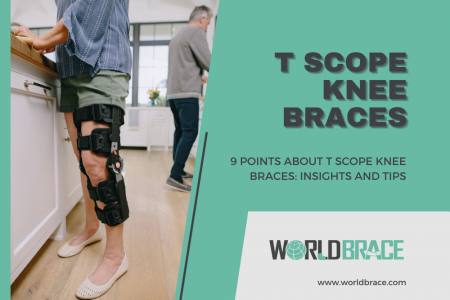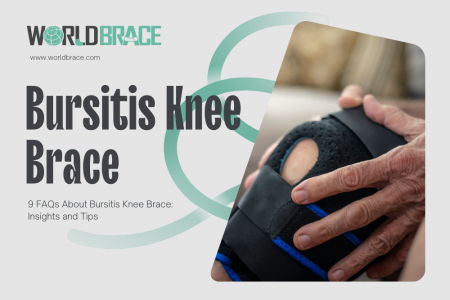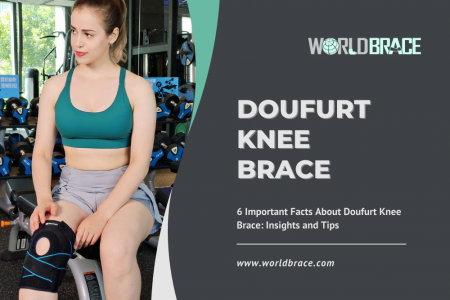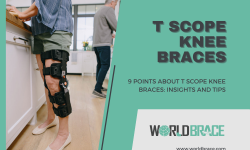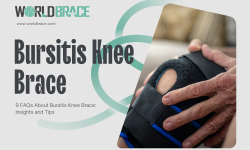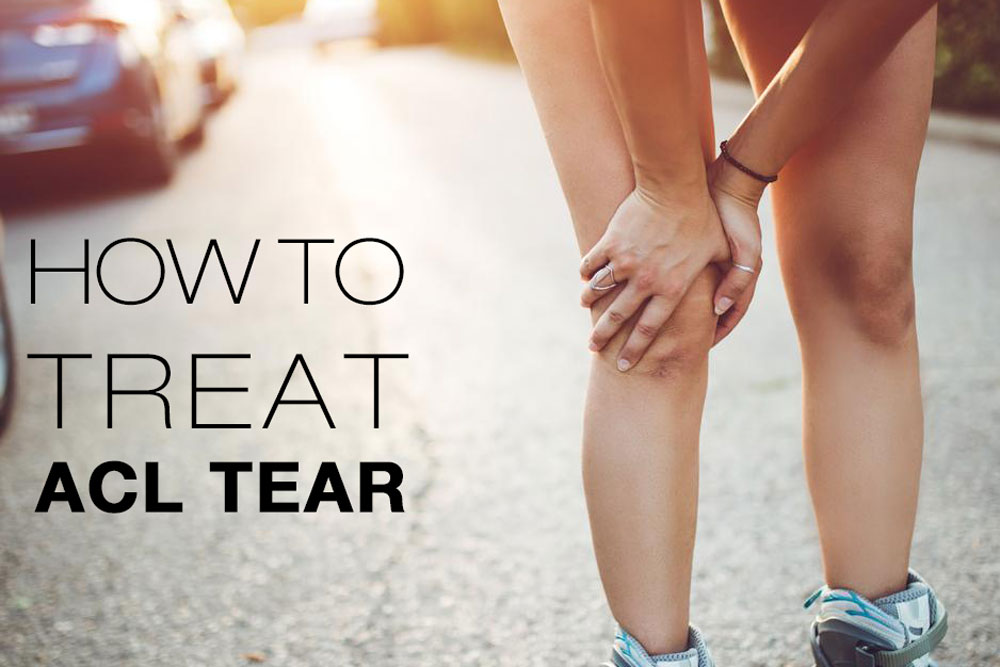
Table of Contents
Introduction to ACL tear
ACL tear is a type of knee injury mostly affecting professional athletes. This common injury can put an athlete’s season to an abrupt end. The Anterior Cruciate Ligament (ACL) is a stabilizer located in your knee. In the the U.S. alone, 100,000 to 200,000 ACL ruptures are reported every year. ACL injuries can affect professional and recreational athletes across multiple in bone. In medical terminology, thigh bone and shin bone are known as femur and tibia respectively. Mainly ACL controls over-rotation of bones and prevents them from extending beyond a certain angle.
Mechanism, Sign & Symptoms
Both contact and non-contact maneuvers can cause ACL rupture. However, non-contact maneuvers account for almost 70 percent of all ACL injuries.
Clear pops or cracks can be heard in the majority of cases. Within a few hours, swelling occurs in the knee. The knee joint (hemarthrosis) experiences bleeding in case of ACL injury.
ACL tear Symptom Picture
Top 3 Signs You Have an ACL tear (Tests You Can Do At Home)
How to treat ACL tear
Although surgery is an option to treat a torn ACL, most of the time a knee brace is enough to manage the injury. A wide range of knee braces is available in the market. It can be quite challenging to find which one is right for you. Knee braces are designed to treat various knee injuries. Not only do they help adjust the injured portion, but also protect the knee from further injury.
Here are the things you must keep in mind while choosing a knee brace: the level of support you need; your activity level and your budget.
We have found the following knee braces to be the most effective when treating an ACL in jury.
Best Knee Braces for the ACL Tear
Finding the best quality knee brace isn’t rocket science – as long as you know what you need. Here are some of the best knee braces for ACL related injuries:
This knee brace is made of neoprene fabric which provides cushioning and protection to an injured knee. The composition of the Neoprene brace makes it comfy and elastic. Additionally, this knee brace is very safe and durable. The important features of the Neoprene Knee Brace are as follows:
It is lightweight and has a breathable design.
It has an adjustable strap which helps prevent slippage.
Its open patella design helps relieve pressure from the knee and prevent displacement.
It helps accelerate the natural healing process of an injured knee.
Knee braces for meniscus tears are composed of neoprene. To enhance usability, radian design is added on both sides of the knee brace support. Its advanced and breathable material composition helps absorb sweat. This brace can be used during sporting activities. Moreover, it can also benefit people recovering from surgery.
The important features of a Knee Brace For Meniscus Tear are as follows:
It absorbs sweat because its support is composed of stretchy neoprene fabric.
The silicone gasket sutured at the patella ensures the best knee protection.
Metal spring stabilizers are used to relieve the pressure on the knee.
Elastic Pressure Band can be used to make the kneepad more comfortable.
The copper knee brace comes with a fitted gel pack; it is used to treat stiff muscles and sore joints. The brace offers adequate heat and cold treatments. In addition to improving circulation and oxygenation, this brace helps release tension and fatigue. It keeps your knees warm and reduces recovery time. The important features of the Copper Knee Brace are as follows:
The Copper-Infused Fabric helps in disinfection and deodorization.
The copper-infused fabric makes this brace lightweight and breathable.
It comes with hot and cold gel packs.
A copper Knee Brace helps accelerate the natural healing process.
faq
What is an ACL tear?
Ans. ACL tears or ACL injuries are common knee injuries in sports. ACL tears are the result of the following:
- Sudden stopping or changing directions
- Direct contact to the knee
- Landing from a jump with knee bent then twisting on the knee
What are ACL Tear Symptoms?
Ans. A torn ACL can be recognized by the following symptoms:
- Extreme pain and swelling
- Loss of motion
- Unstable knee
- Not able to hold any weigh
What are the long-term effects of an ACL tear without surgery?
Ans.
Over 50% of patients will develop Arthritis within 10-20 years of an injury with or without surgery.
Only 50% of patients return to pre-injury activity levels.
ACL surgery has enormous costs; there’s still a risk of re-rupture.
5 weeks of exercise rehab shall be performed after the ACL injury.
Knee function is the same after 2-5 years following injury with or without surgery.
Surgery can be an option doe those who fail 5 weeks of rehabilitation.

